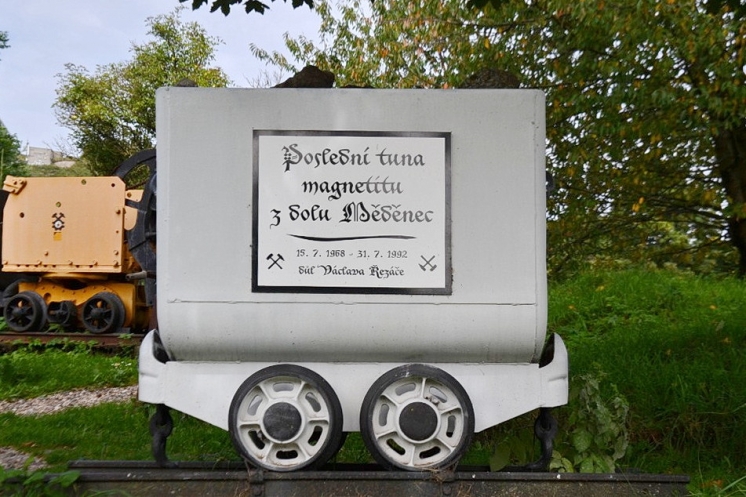The mining charm of Ore Mountains

“Everything starts with mining!” This is what they go on saying in the Ore Mountains (Czech Krušné hory). This frequently articulated saying has shaped the present of culture, history and also the image of the Ore Mountains landscape.
Legacy of the past
There is a long history of mining in the Ore Mountains which goes back to the times eight centuries ago. The local landscape is literally filled with references to its mining past, such as mining and metallurgical facilities, underground galleries, panning mounds, heaps, moats, or mining ponds. Silver, tin, iron, cobalt, uranium and other ores used to be mined here. Local technological inventions and innovations have affected the whole world and made the region famous far beyond its borders.
Names of municipalities
The local tradition of ore mining is also reflected in the names of municipalities such as Cínovec (derived from the Czech word for “tin”), Měděnec (copper) or Rýžovna (panning area) etc. Mining industry, as well as ore and tin mining have long been part of the traditional livelihood of the Ore Mountains. Jáchymov is one of the most important Czech historical mining towns, which became famous in the 16th century by silver mining and subsequent tolar minting, followed by radium and uranium mining. There are famous radon spas there today.
Tin mounds
There are hundreds of mounds of earth scattered to the west of Boží Dar. They are evidence of the huge extent of panning in the highest part of the Ore Mountains, which took place here at least from the 16th to the 18th century. In addition to tin, there were scarce findings of pure gold in the Černá alluvial area and the nearby streams.
With an area of over 250,000 m2, the panning fields alias mounds are among the largest in Central Europe. On the way from Boží Dar, you will also be able to come across them in the vicinity of the Tin Trail towards the settlements of Myslivna and Rýžovna and along the Černá river. You can easily tell them apart when you see them from the distance as they are grown with completely different vegetation than their surroundings, such as heather and cranberries. The mounds at Boží Dar form a unique landscape of formations that arose as a result of intensive panning and today they adorn the whole area.
Boží dar (God’s Gift)
The heart of the Ore Mountains is Boží Dar and it is the highest border town in the Czech Republic at an altitude of 1020 m. Te highest peaks of the Ore Mountains Klínovec (1244 m), Božidarský Špičák (1116 m) and the highest mountain of Saxony, the Fichtenberg (1214 m) are to be found nearby. Boží Dar was founded as a mining town known for silver and tin mining. Today, it has been transformed into a recreation center for winter and summer hiking and cycling. Thanks to the excellent snow conditions, Boží Dar is well known to lovers of down-hill and cross-country skiing. For children (and not only for them) there is a popular circuit path called Infant Jesus’s Trail as well as the famous Infant Jesus’s Christmas Post Office.
Mining trail
The mining trail forms one big link in line between the Ore Mountains, Klínovec in the Chomutov district and Telnice in the Ústí nad Labem district. The Ore Mountains Destination Agency (Destinační agentura Krušné hory) is preparing a trail that will point to important places in coal and ore mining.
Mining traditions in the Ore Mountains breathe on you at every turn. It is good that the region is coming to life and local traditions are being remembered. It is a rugged region, full of wild and beautiful nature.
Source: Lomy a těžba
